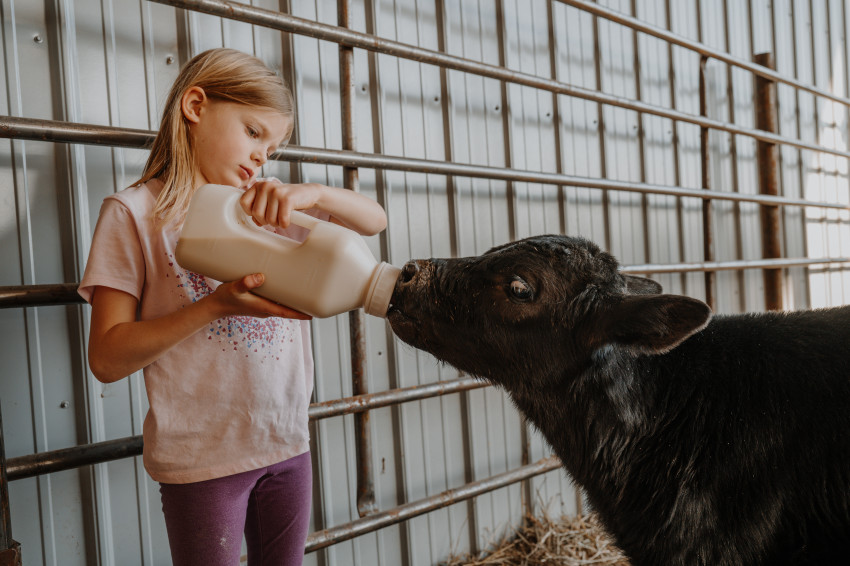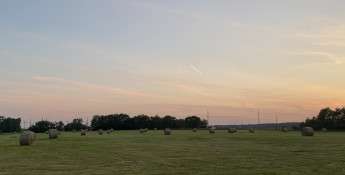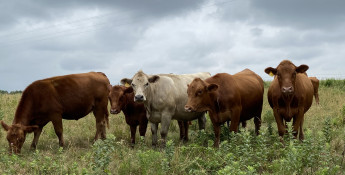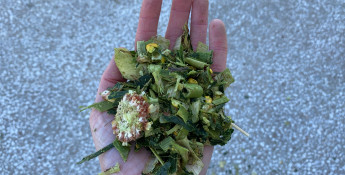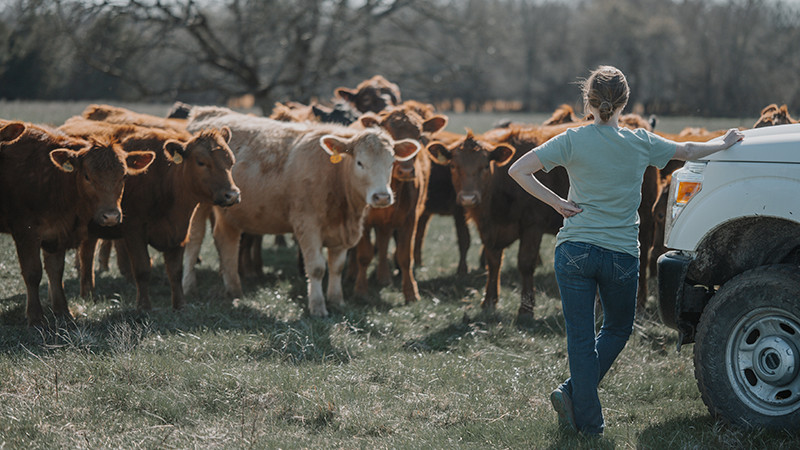By Brandi Buzzard on July 9, 2024
5 Irreplaceable Roles on a Cattle Ranch
The many hats a rancher wears
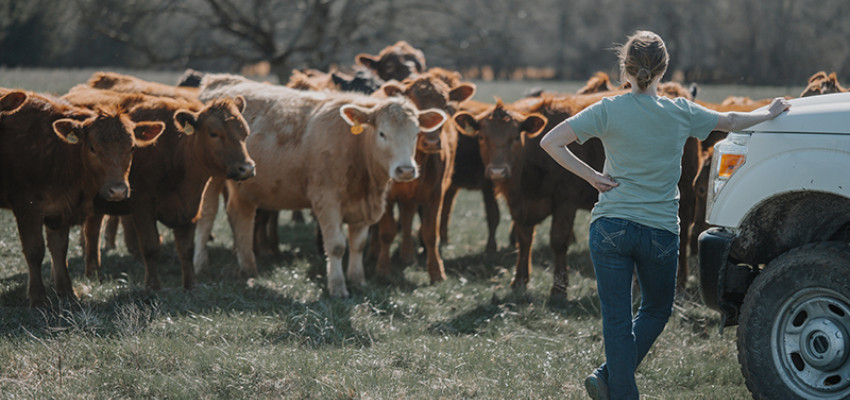
There’s a saying in the parenting universe, “No one does it alone,” and that is accurate for the farming and ranching world, as well.
While we are a small, family-owned business, we wouldn’t be able to achieve our goals, grow our business or function regularly without the support, aid and partnership of the key roles listed below.
1. Veterinarian
It’s no accident veterinarian is listed first. I kid you not, in the last month, I have talked or worked with five veterinarians for various purposes on the ranch from vaccinating cattle, to treating lame horses, to doctoring a sick bucket calf. Even in the best circumstances, animals get hurt or sick and when that inevitably happens, we rely on professionals to guide us through the challenges. Having a solid veterinarian-client-patient-relationship (VCPR) through constant communication allows us the ability to make decisions in real time and get the advice and, sometimes, medicine we need to act quickly and effectively.
2. Nutritionist
I believe I’ve mentioned before my business partner – who is also my husband – has a doctorate in swine nutrition. And while that is helpful with generalities for livestock nutrition, we still need assistance with formulating feed rations for our cattle that are not only various ages but have various roles on the ranch. For example, the feeder cattle we sell for beef have different nutritional requirements and carcass goals than our stocker cattle, which are also very different from our cow herd and their calves. Therefore, we employ a cattle nutritionist who considers dietary needs for each group of cattle but also ingredient availability, forage growth and price to put together diets for each group of cattle.
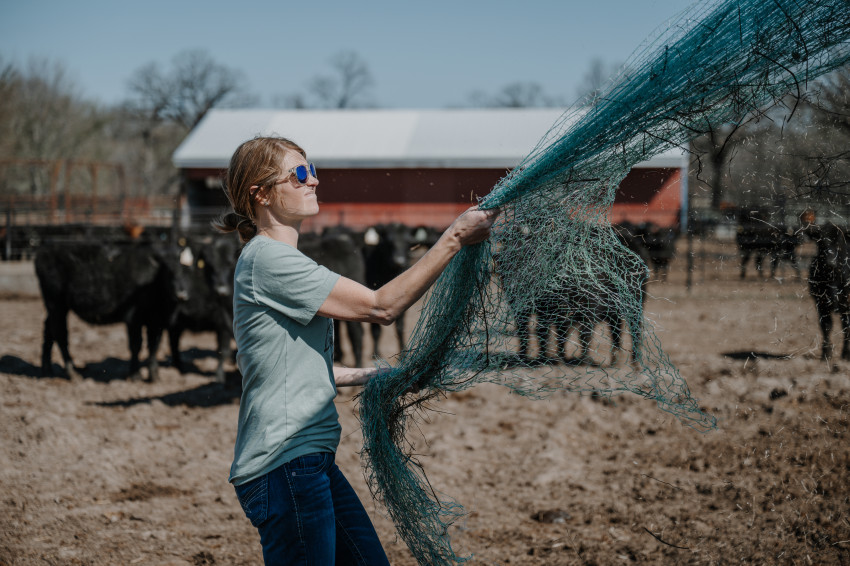 Is this a necessity? I guess that depends on your perspective. We want to be as profitable as possible, and the ranch’s feed bill is the single biggest bill each year – both for pasture and supplemental feed. When we’re spending so much on feed, we want to ensure what we’re feeding is the right mix and that we aren’t feeding anything extra or unnecessary. Sure, we could throw some corn on the ground and give them a bale of hay and call it good, but that might not be our best use of resources or the best available nutrition either. Accuracy and return on investment are both crucially important to our ranch.
Is this a necessity? I guess that depends on your perspective. We want to be as profitable as possible, and the ranch’s feed bill is the single biggest bill each year – both for pasture and supplemental feed. When we’re spending so much on feed, we want to ensure what we’re feeding is the right mix and that we aren’t feeding anything extra or unnecessary. Sure, we could throw some corn on the ground and give them a bale of hay and call it good, but that might not be our best use of resources or the best available nutrition either. Accuracy and return on investment are both crucially important to our ranch.
3. Gracious family, employees, friends and neighbors
Like the parenting adage “it takes a village,” we also rely on several people to help us get the work done and our cows cared for year-round. Our herdsman checks, feeds and doctors cattle daily (the latter only if necessary) and is there with us when we are vaccinating, branding, gathering, breeding cattle, moving pastures, etc. He also fixes fence, sprays pasture, runs for parts and fixes machinery as necessary and as he is able, among a long list of other responsibilities. We’d be completely lost without him! Furthermore, our parents help us as time allows, either chute side or caring for our kids while we work. It’s not uncommon for us to hire other help on big workdays. With so many irons in the fire, the idea of doing all the ranching with just the two of us is daunting, and both emotionally and physically insurmountable. I know we are not alone in this arena – other farmers and ranchers across the state of Kansas, and the nation, rely on both hired and volunteer help to keep the breadbasket and the meat locker full.
4. Plant specialist
We like to say we’re “grass geeks” or “grass ranchers” meaning we are fully invested in growing as much grass and forage as we can for three reasons: 1) lots of grass provides us ample opportunity to graze our cows and stockers in a well-managed rotational grazing system, 2) the grass we don’t utilize for grazing can be cut and baled for hay in early summer and 3) we can also stockpile grass in early fall to be used for grazing in early winter.
And while we learn as much as we can about grasses and forage management, we aren’t complete experts in that area so we consistently ask questions of our county Extension agents who can provide insight and point us in the right direction for management strategies. We also consistently fight weed pressure and our local noxious weed department is invaluable when it comes to identifying those pests and guiding us to the best possible eradication process.
5. Mechanic
Or at least someone mechanically inclined. You might not think there’s much equipment or machinery involved in ranching but the number of vehicles, trailers and implements parked around our barnyard would suggest otherwise. Several years ago, when we were just getting started, we had a truck and a sorta-tractor (we called it the jalopy). When the jalopy was out of commission, we relied on the truck to deliver feed and hay. Well, guess what? Occasionally they both were sidelined and when there are no options other than fixing what you have, a mechanically inclined relative, neighbor or friend is priceless. The list of things we own and the list of things that have needed repair is not a Venn diagram, it’s one identical circle.
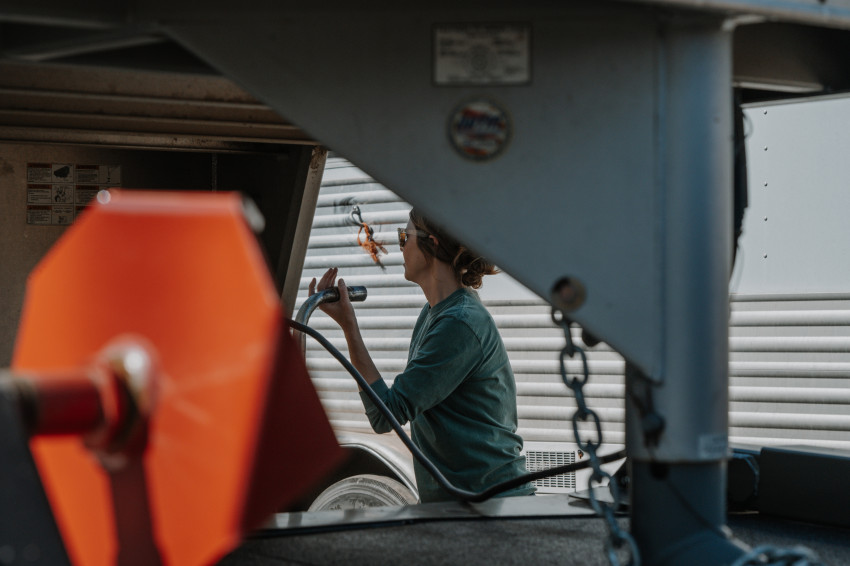 Feed truck #1
Feed truck #1
Feed truck #2
Batwing mower
Silage wagon
Tractor
UTV (side-by-side, similar to a Polaris Ranger)
ATV (4-wheeler)
Manure spreader
Stock trailer
Pull behind sprayer
UTV/ATV sprayer
Tractor-sized sprayer
Feed bin
Grain wagon
And Murphy’s Law indicates that when feed truck #1 is down, feed truck #2 will blow a gasket and the tractor will get stuck in the mud. Hence, multiple outlets for taking care of cattle and a good mechanic help alleviate a lot of anxiety (especially November – April).
We truly could not achieve our ranch goals, or even make measurable progress with growing our ranch, if it weren’t for these deeply important people who are by our side almost daily. As always, thank you for reading and for supporting U.S. farmers and ranchers – you are appreciated!
YOU MAY ALSO ENJOY:

